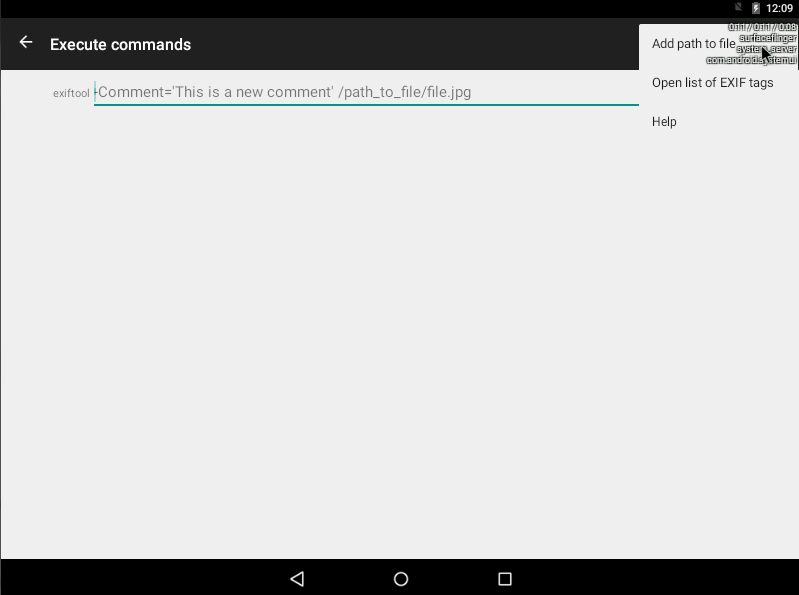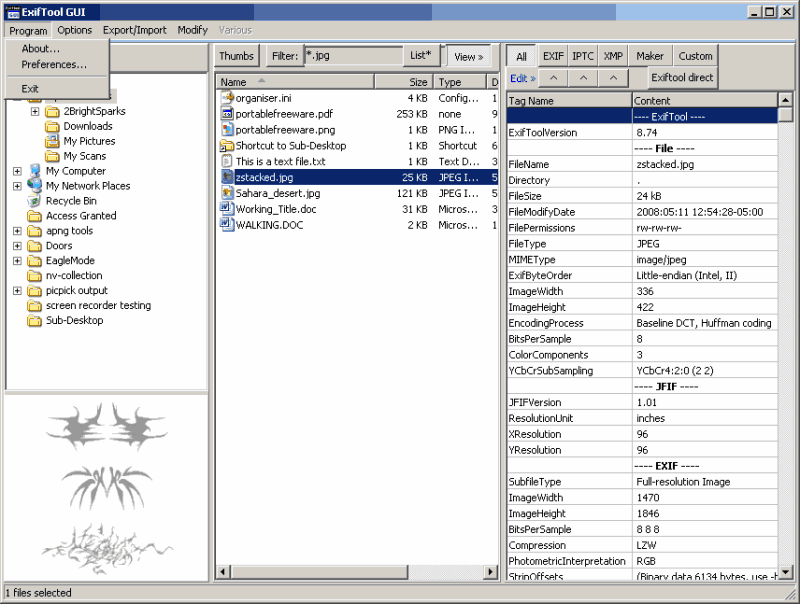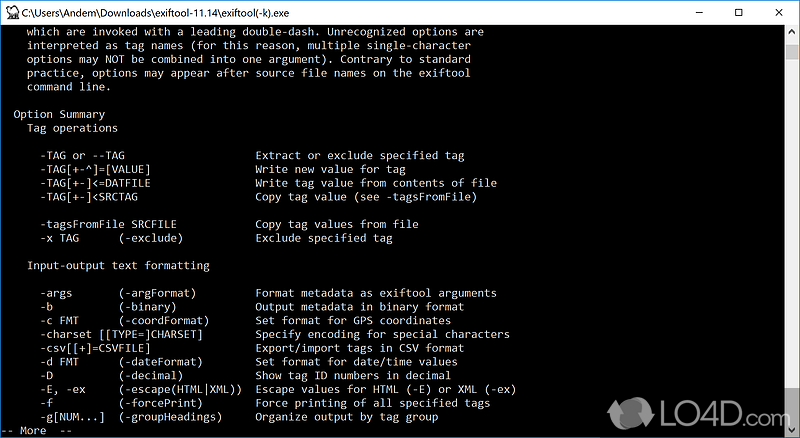

Recursively extract standard meta-information exiftool -r -w. Print standard Canon information from two image files.

sudo apt update & sudo apt upgrade Install ExifTool
Extract all tags with names with “example word”īefore proceeding with the tutorial, ensuring your system is up-to-date with all existing packages is good. Print formatted date/time for JPG files. Recursively extract standard meta-information. Hopefully I’ve clarified things a bit instead of adding to the confusion. This is what I used to do before I started using Keyboard Maestro’s ENV_PATH variable. exiftool -s ~/Downloads/test.jpgĪlternatively you can set the path when you call your shell script: export PATH=/opt/local/bin:/opt/local/sbin:/usr/local/bin:/usr/bin:/bin:/usr/sbin:/sbin$PATH So I can call exiftool from Keyboard Maestro without monkeying around. That lets Keyboard Maestro see everything in the given paths, and it doesn’t change my system $PATH variable. I have a Keyboard Maestro variable called ENV_PATH set to: /opt/local/bin:/opt/local/sbin:/usr/local/bin:/usr/bin:/bin:/usr/sbin:/sbin usr/local/bin/exiftool -s ~/Downloads/test.jpg You can always call a Unix exe by using its full-path. Here’s where my copy of exiftool is installed: /usr/local/bin/exiftool 
If you want to be able to call exiftool by name it MUST be within the path, so Unix can see it. opt/local/bin:/opt/local/sbin:/Users/myUserName/perl5/bin:/usr/local/bin:/usr/bin:/bin:/usr/sbin:/sbin:/opt/X11/bin Mine on the other hand has had several things added to it. Unix systems (and others) use an environment variable ($PATH) to keep track of where to look for executables when they are called by name.Ī basic path might look like this: /usr/bin:/bin:/usr/sbin:/sbin This stuff confuses all shell scripting newbies.







 0 kommentar(er)
0 kommentar(er)
